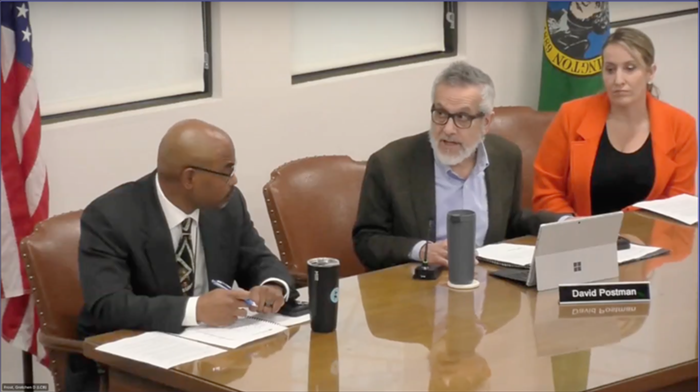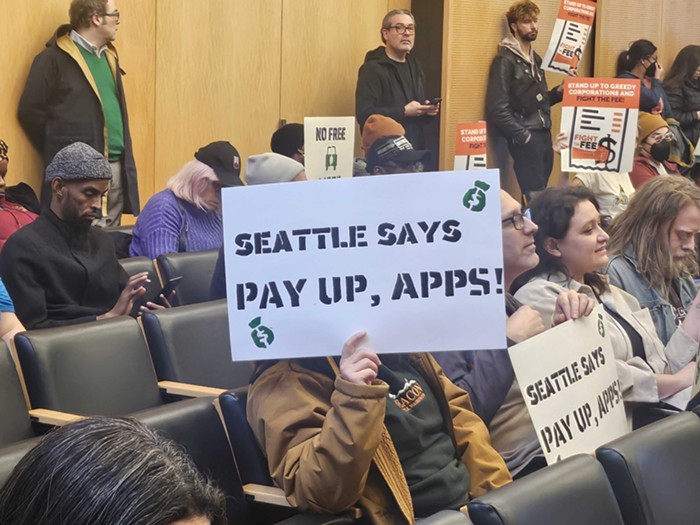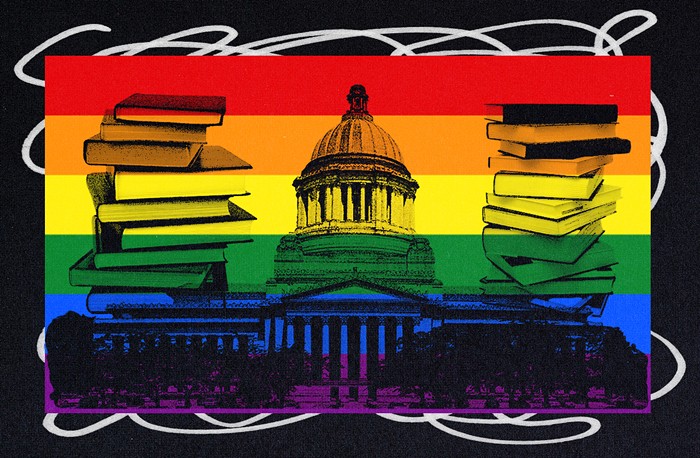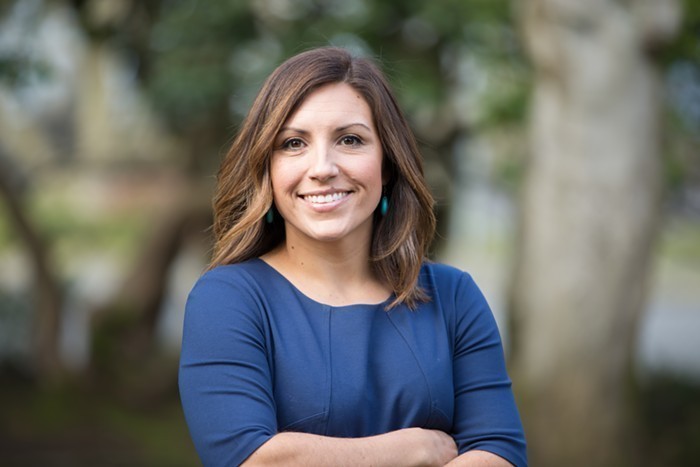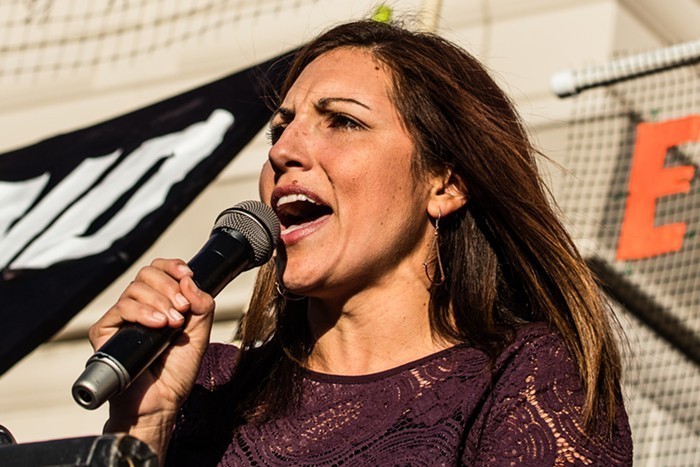
- Kelly O
In last week's paper, we wrote about Matthew Duran and Katherine Olejnik, two of several grand-jury refusers who were subpoenaed, hauled before a grand jury and a federal prosecutor (without a defense attorney in the room), asked to testify about other people's political opinions and social affiliations, refused to answer on the grounds that the questions were McCarthyesque, then thrown into prison for an indefinite period of time. (That's a simplification. More about the details at the link above, plus here and here and here.)
The two spent about half a year in the joint (losing employment and housing arrangements in the process), including a good chunk of time in solitary confinement, then were released, leaving one behind.
That one, Maddie Pfeiffer, has been released today by Judge Richard A. Jones, according to a one-sentence email from Pfeiffer's attorney I received a few minutes ago.
At this point, we still don't know the whys and wherefores—and the office of US Attorney Jenny Durkan and Warden Jack Fox of the SeaTac Federal Detention Facility have still refused to answer the four pertinent questions:
1. Who decided these people should be hauled in front of a grand jury (since they weren't even in Seattle when the vandalism crimes were committed)?
2. What was the argument to do so?
3. Who decided the three (plus a fourth, Leah-Lynn Plante, who was released several months ago) should be placed in solitary confinement, the most punitive thing that our legal system can legally inflict on a person, short of execution?
4. What was the reason for placing them in solitary? (For example: Did they break a rule? Were they fighting with other inmates? Were they a demonstrable threat to themselves or others? Were they being punished for their political beliefs? Or were they subjected to a condition the UN has described as "torture" just for kicks?)
Despite repeated requests over a period of months from attorneys, journalists (or at least this one), and the prisoners themselves, nobody in charge of those institutions has seen fit to explain how and why those things happened to four people who were not even charged with, much less convicted of, a crime.
